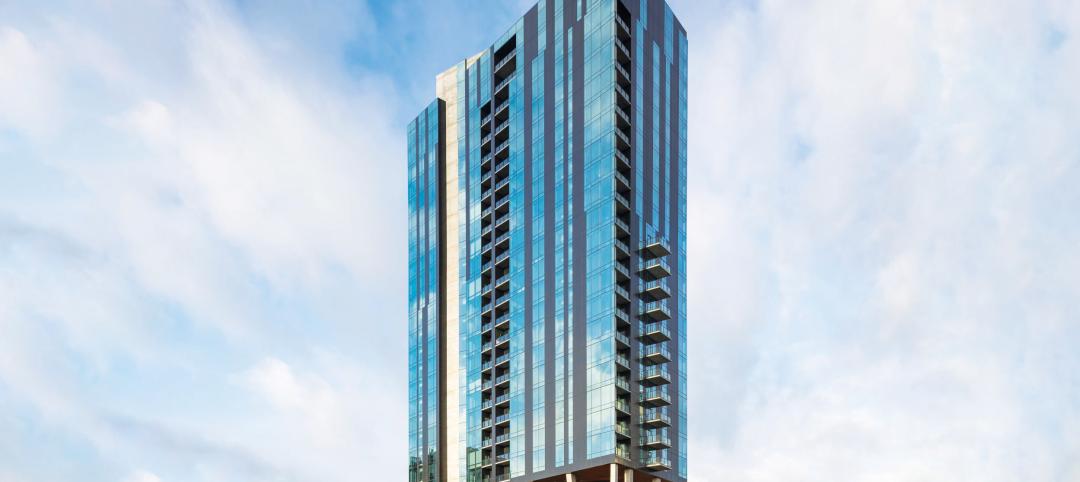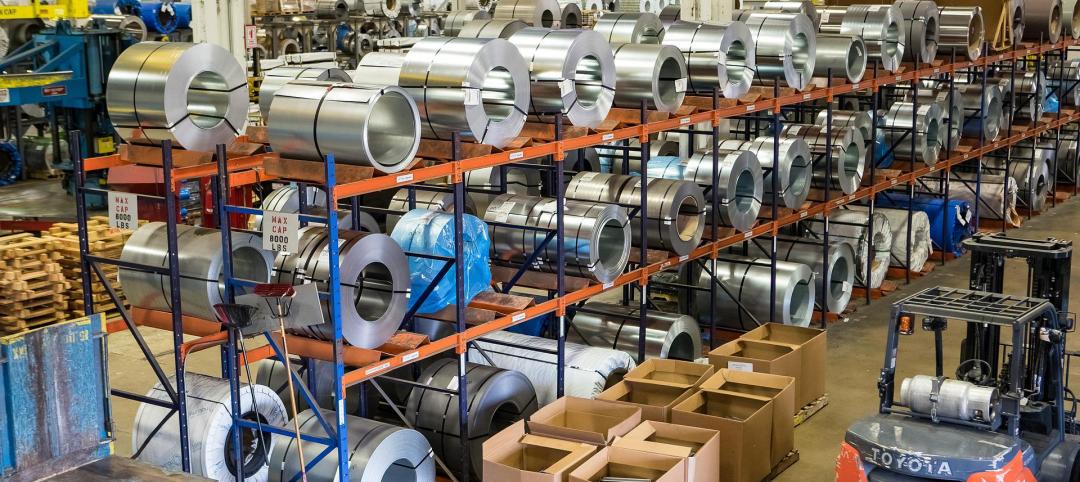More jurisdictions are utilizing the new International Green Construction Code as a tool to address sustainable construction for new and existing buildings. Fort Collins, Colo., and Kayenta Township, Ariz., are the most recent in a series of local and state governments that have adopted the IGCC, according to the International Code Council. These two actions follow earlier adoptions by Richland, Wash. and the state of Rhode Island. Fort Collins is the first jurisdiction in Colorado to adopt the IGCC and Kayenta is the first Native American tribal adoption and the first jurisdiction in Arizona to adopt the IGCC. The Code Council expects several more state and local adoptions of the IGCC within the next few months.
In March, the Fort Collins City Council voted to approve significant extractions from the IGCC and the National Green Building Standard, ICC 700, as part of green building code amendments to the city's building codes, which already includes nine I-Codes. The effective date for the provisions is January 2012.
Kayenta adopted the IGCC Public Version 2.0 on a voluntary basis and the code may be incorporated into the community’s Comprehensive Zoning Ordinance. Kayenta adopted the code with specific requirements related to greenfields, conservation areas, and agricultural land.
“The emergence of green building codes and standards is an important next step to provide communities with the opportunity to build sustainable and safe buildings,” Richard P. Weiland, International Code Council Chief Executive Officer said. “We are pleased to recognize Kayenta Township and the Navajo Nation as the first Native American community in the United States to adopt the International Green Construction Code and Fort Collins for being the first jurisdiction in Colorado to adopt the code."
The IGCC applies to new and existing, traditional and high-performance commercial buildings. It includes ANSI/ASHRAE/USGBC/IES Standard 189.1 as a compliance option. Coordinated with the ICC family of codes, the IGCC is designed to go beyond traditional code requirements for communities that are pursuing safe and sustainable construction.
The IGCC Public Version 2.0 offers a Zero Energy Performance Index (zEPI), requiring buildings to use no more than 51 percent of the energy allowable in the 2000 International Energy Conservation Code.
Examples of provisions in Public Version 2.0 include:
- A 20 percent water savings beyond U.S. federal standards for water closets in residential settings
- New requirements for identification and removal of materials containing asbestos
- Land use regulations including new provisions addressing flood risk, development limitations related to “greenfields,” use of turf grass and minimum landfill diversion requirements
- Clarification of responsibilities from the registered design professional to the owner to prevent potential conflicts with state and local requirements
- Greater consistency with industry standards for air handling systems
The IGCC’s cooperating sponsors are the American Institute of Architects (AIA), ASTM International, the American Society of Heating, Refrigeration and Air Conditioning Engineers (ASHRAE), the U.S. Green Building Council, and the Illuminating Engineering Society (IES).
IGCC will be published in 2012 after code development hearings in May and final hearings in November.
About the International Code Council
The International Code Council, a membership association dedicated to building safety, fire prevention and energy efficiency, develops the codes used to construct residential and commercial buildings, including homes and schools. Most U.S. cities, counties and states choose the International Codes, building safety codes developed by the International Code Council. The International Codes also serve as the basis for construction of federal properties around the world, and as a reference for many nations outside the United States.
Related Stories
Mass Timber | Jan 27, 2023
How to set up your next mass timber construction project for success
XL Construction co-founder Dave Beck shares important preconstruction steps for designing and building mass timber buildings.
Products and Materials | Jan 18, 2023
6 innovative products for multifamily developments
Here are six innovative products for various multifamily developments, including a condominium-wide smart electrical system, heavy-duty aluminum doors, and prefabricated panels.
Green | Dec 9, 2022
Reaching carbon neutrality in building portfolios ranks high for organizations
Reaching carbon neutrality with their building portfolios ranks high in importance among sustainability goals for organizations responding to a Honeywell/Reuters survey of senior executives at 187 large, multinational corporations. Nearly nine in 10 respondents (87%) say that achieving carbon neutrality in their building portfolio is either extremely (58%) or somewhat (29%) important in relation to their overall ESG goals. Only 4% of respondents called it unimportant.
Energy Efficiency | Dec 6, 2022
Washington state’s Building Code Council mandates heat pumps in all new residential construction
The Washington State Building Code Council has voted to require heat pumps for all new residential construction starting in July 2023. The new mandate has drawn criticism over concerns that it will add costs to housing construction, especially given current supply chain challenges for heat pumps.
Geothermal Technology | Dec 6, 2022
Google spinoff uses pay-as-you-go business model to spur growth in geothermal systems
Dandelion Energy is turning to a pay-as-you-go plan similar to rooftop solar panel leasing to help property owners afford geothermal heat pump systems.
75 Top Building Products | Nov 30, 2022
75 top building products for 2022
Each year, the Building Design+Construction editorial team evaluates the vast universe of new and updated products, materials, and systems for the U.S. building design and construction market. The best-of-the-best products make up our annual 75 Top Products report.
Building Materials | Nov 2, 2022
Design for Freedom: Ending slavery and child labor in the global building materials sector
Sharon Prince, Founder and CEO of Grace Farms and Design for Freedom, discusses DFF's report on slavery and enforced child labor in building products and materials.
Building Materials | Aug 3, 2022
Shawmut CEO Les Hiscoe on coping with a shaky supply chain in construction
BD+C's John Caulfield interviews Les Hiscoe, CEO of Shawmut Design and Construction, about how his firm keeps projects on schedule and budget in the face of shortages, delays, and price volatility.
Building Materials | Jun 20, 2022
Early-stage procurement: The next evolution of the construction supply chain
Austin Commercial’s Jason Earnhardt explains why supply chain issues for the construction industry are not going to go away and how developers and owners can get ahead of project roadblocks.
Wood | Jul 16, 2021
The future of mass timber construction, with Swinerton's Timberlab
In this exclusive for HorizonTV, BD+C's John Caulfield sat down with three Timberlab leaders to discuss the launch of the firm and what factors will lead to greater mass timber demand.
















